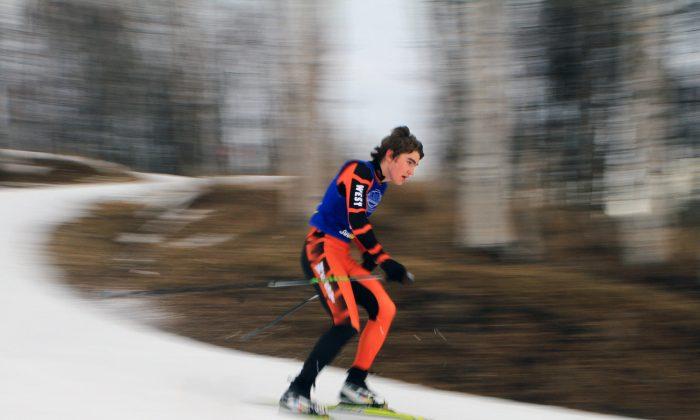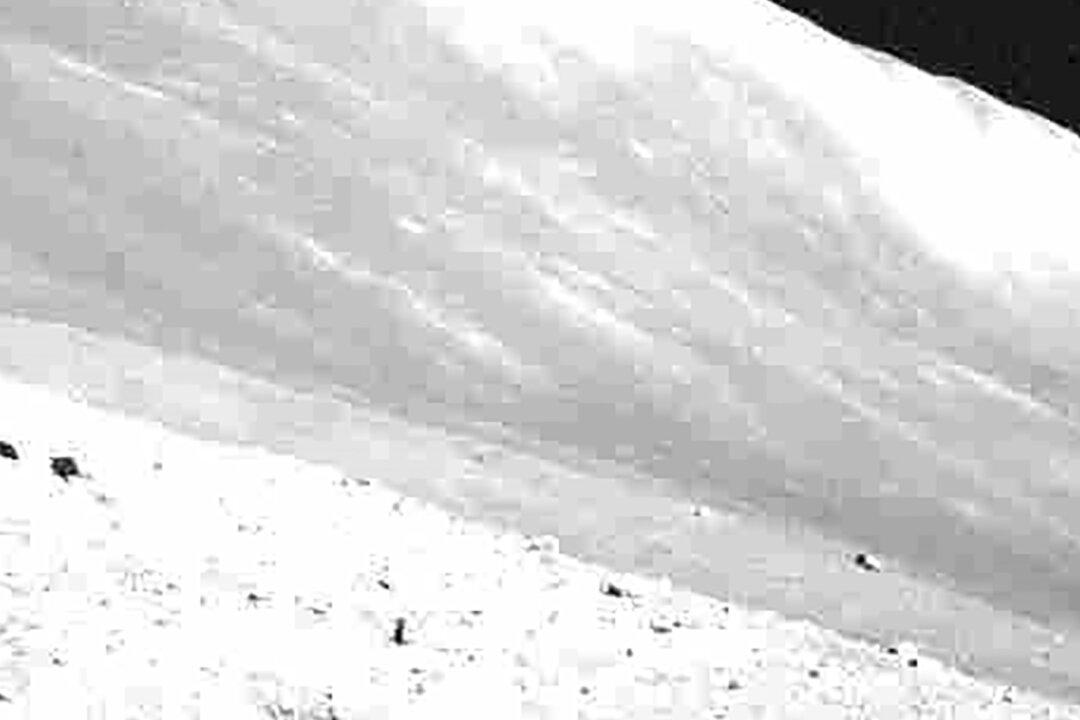

The warm winter and lack of snow have ramifications for more than the Iditarod and Alaskan’s hearty image. The state has already seen two wildfires ahead of the usual May start of the season. Officials are warning residents to prepare for a robust fire season.
The current warm and dry conditions are a reflection of weather, not climate change, Thoman said.
The Pacific Blob, a mass of exceptionally warm water detected in the North Pacific in 2013, has morphed into a classic positive Pacific Decadal Oscillation pattern, Thoman said. That’s the pattern of above- or below-normal sea surface temperatures that resembles the El Nino effect but can last two to three decades instead of one to several years.
“The upshot for Alaska is, this is three winters in a row with warmer-than-normal sea surface temperatures near-shore,” Thoman said.
The warm winter has had an upside for tourists viewing the aurora borealis. It’s been a spectacular year for viewing northern lights, and visitors didn’t have to suffer to see them, Geiger said.
“It makes aurora viewing sort of luxurious,” Geiger said. “If you’re waiting for the aurora at 15 above instead of 15 below, that’s a bonus, right?”







Friends Read Free